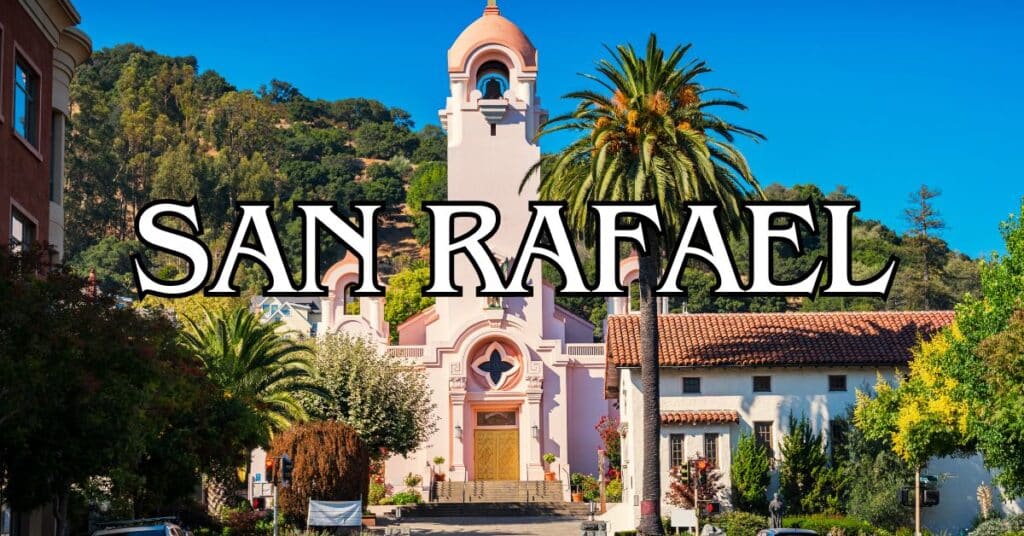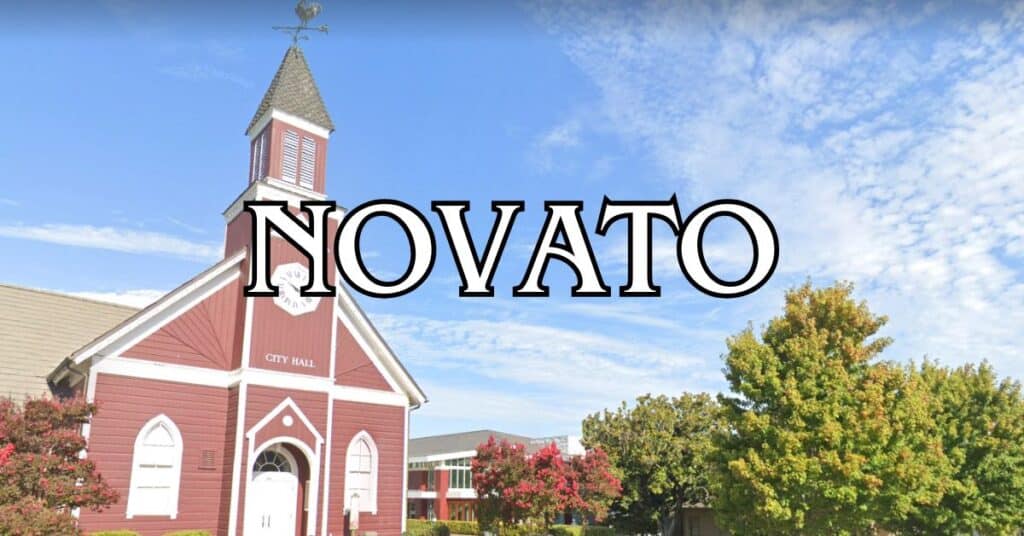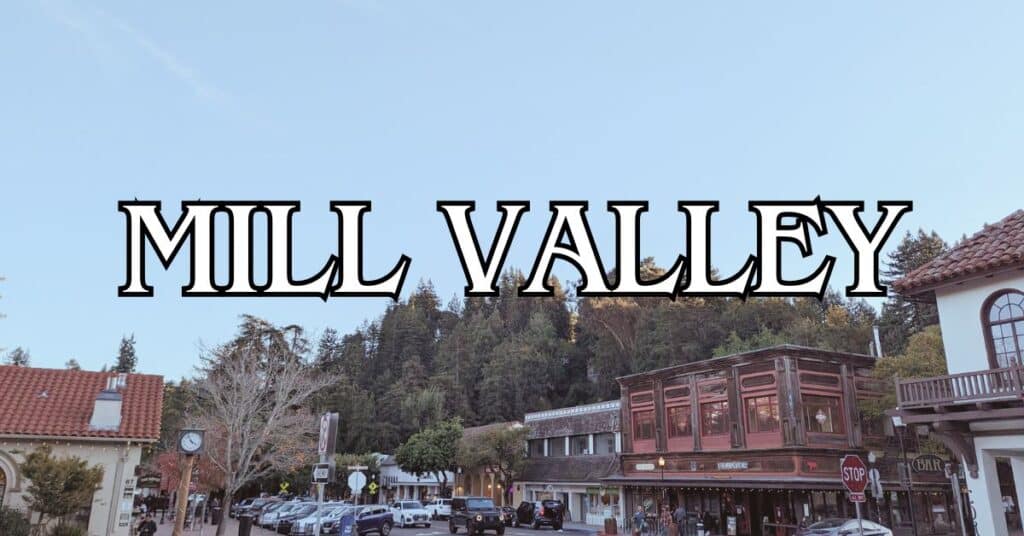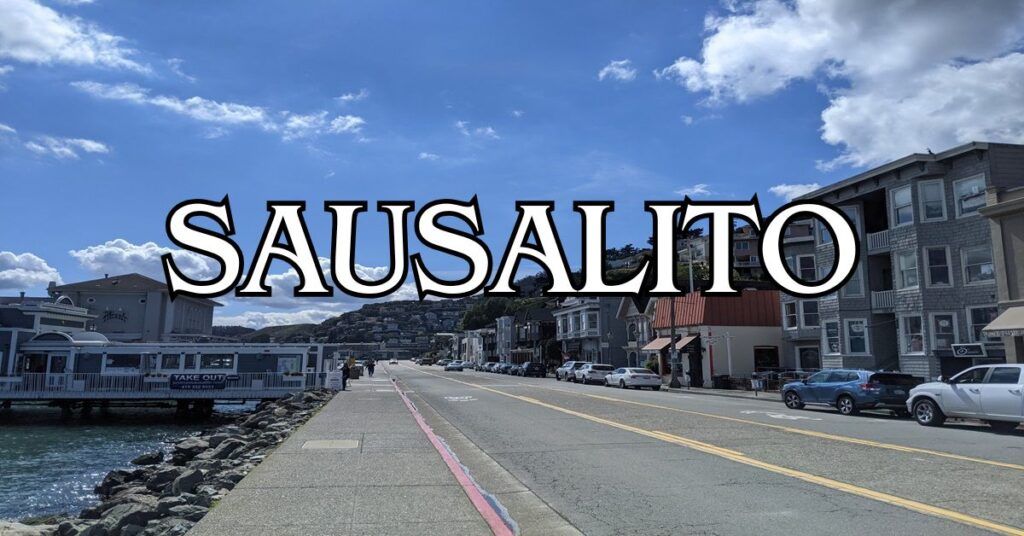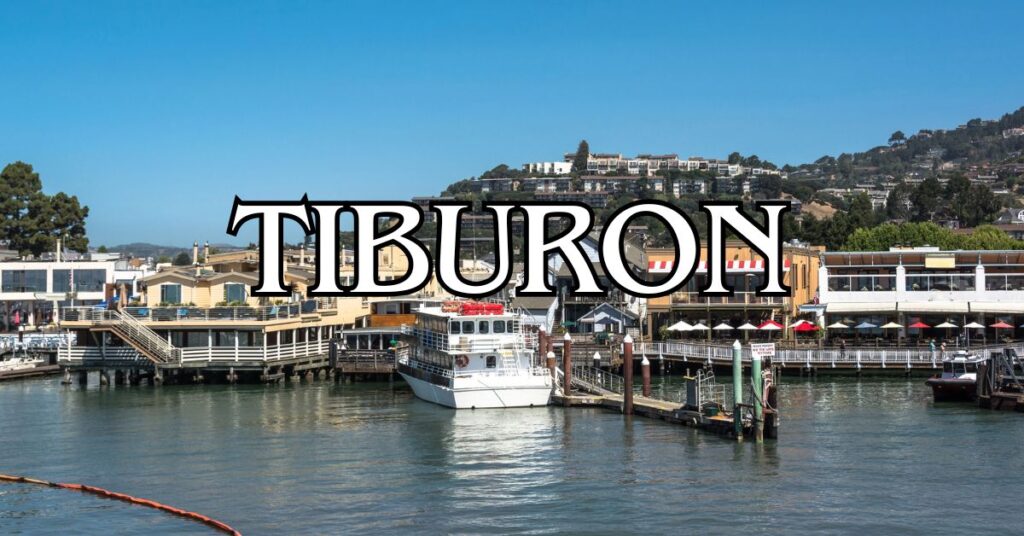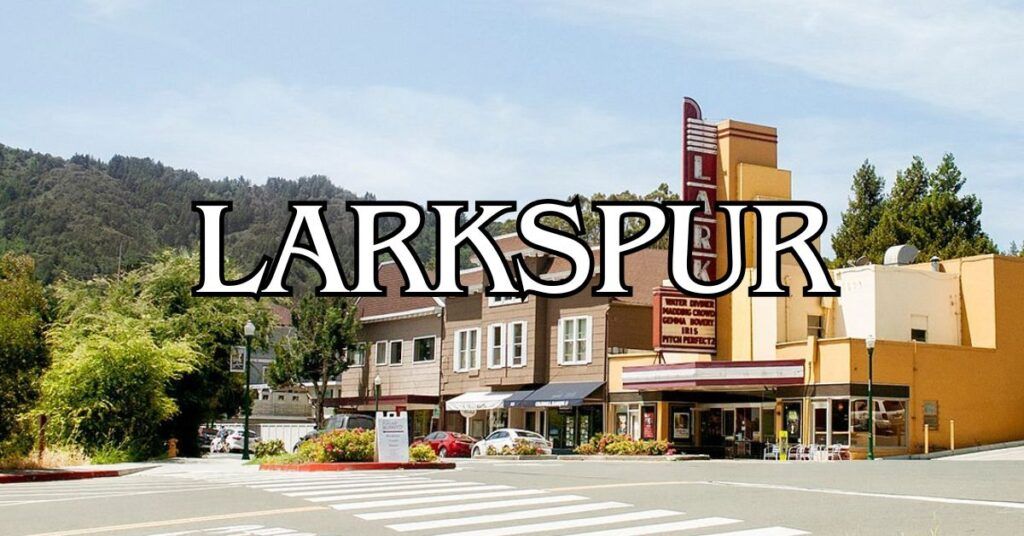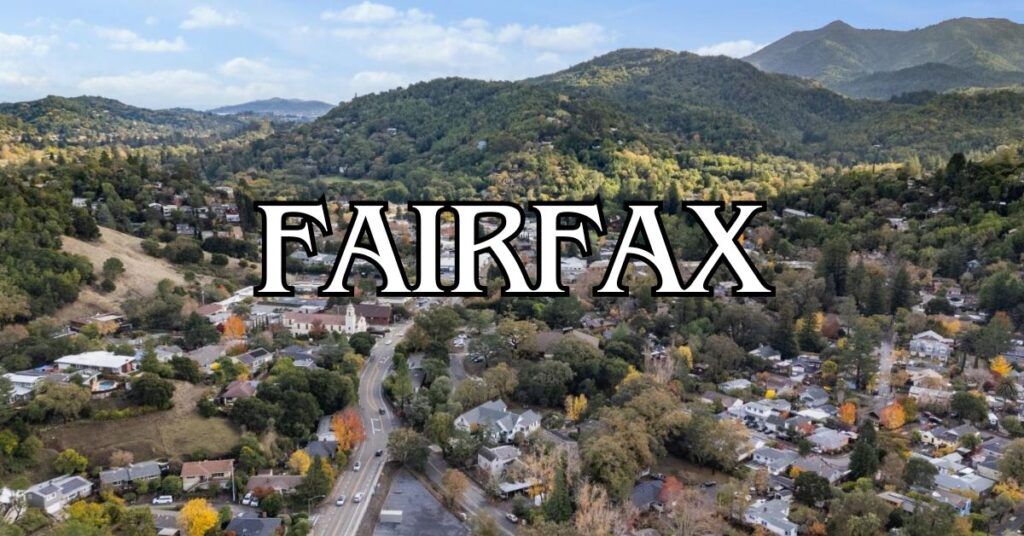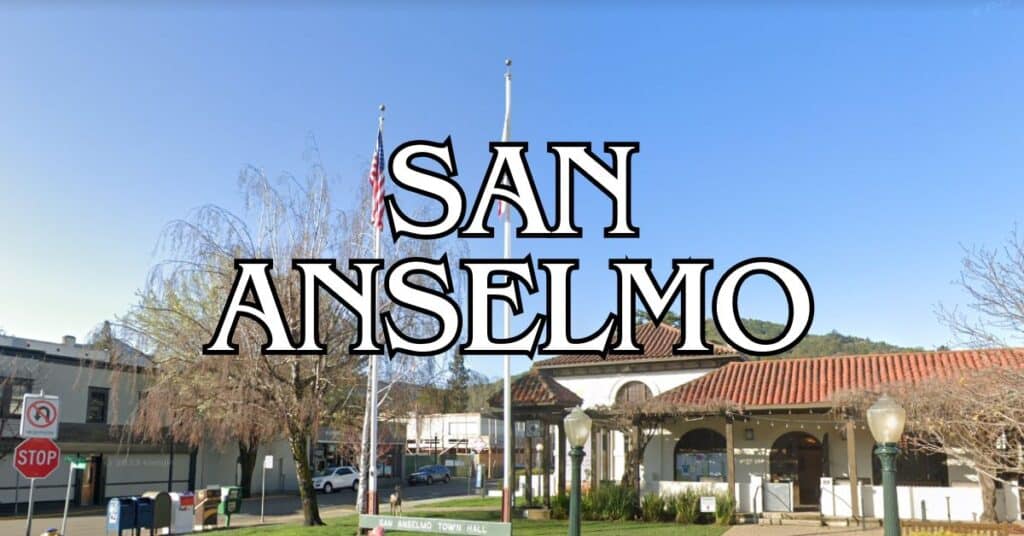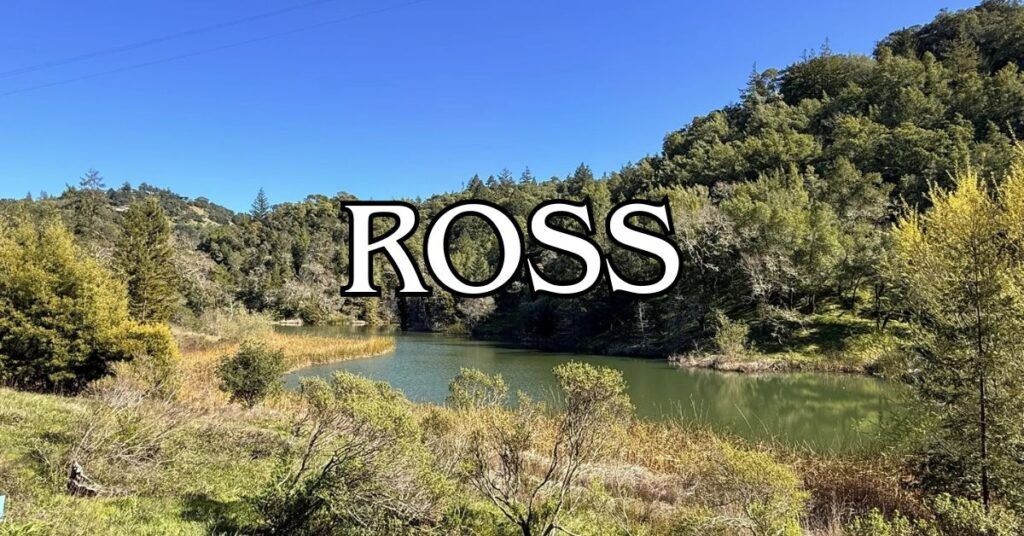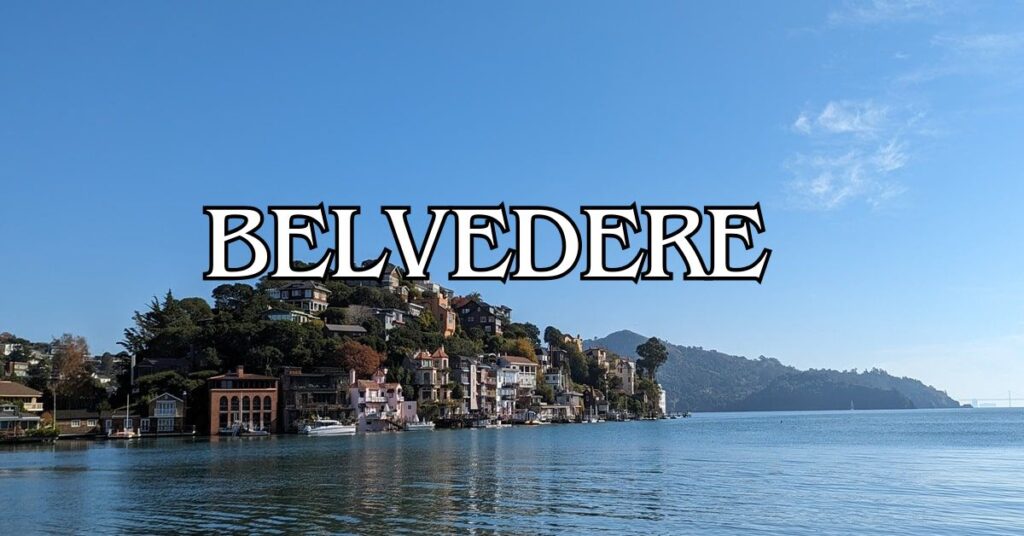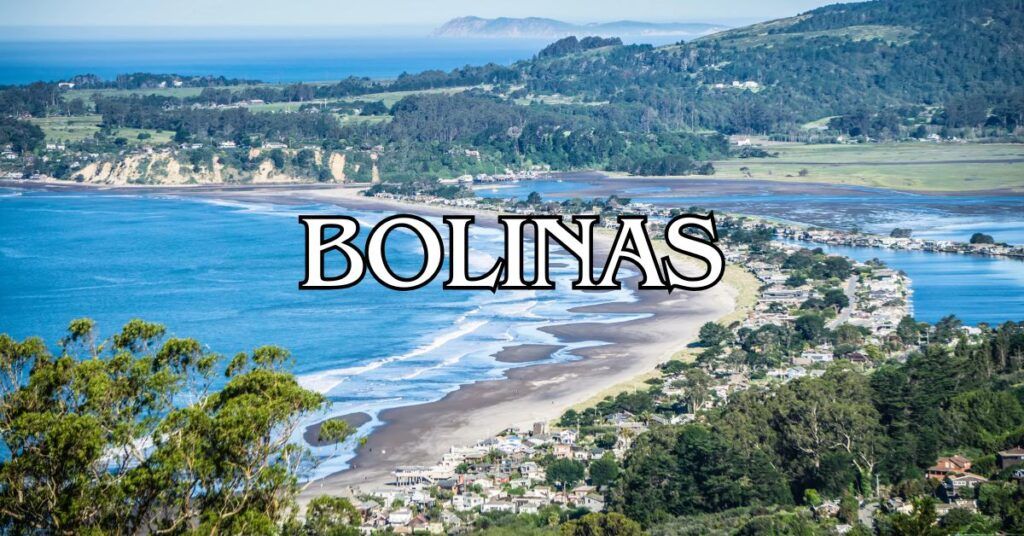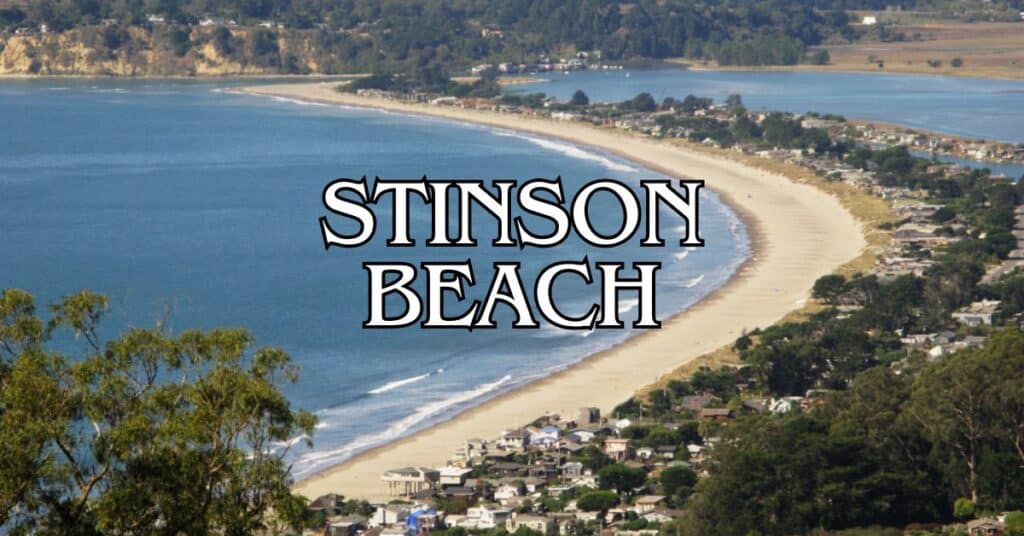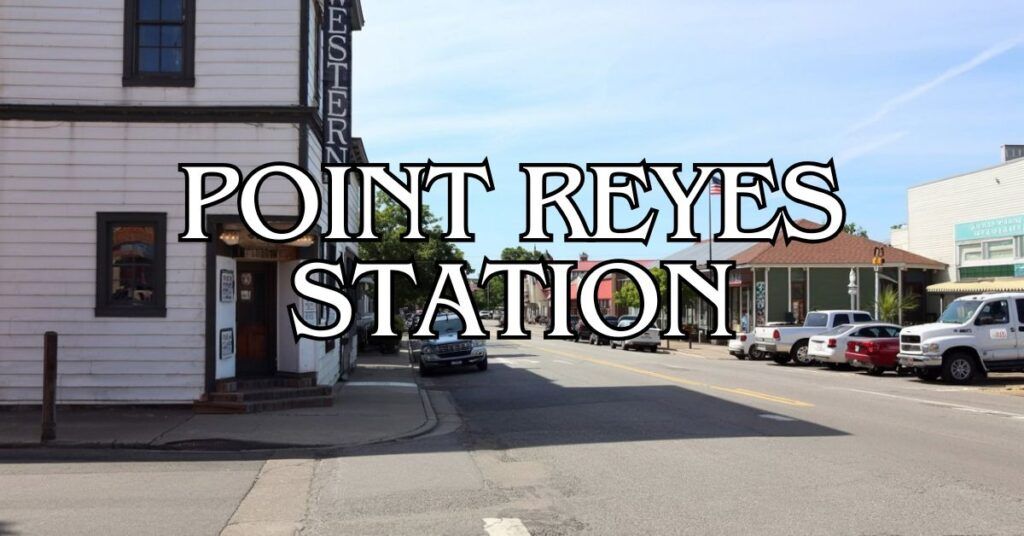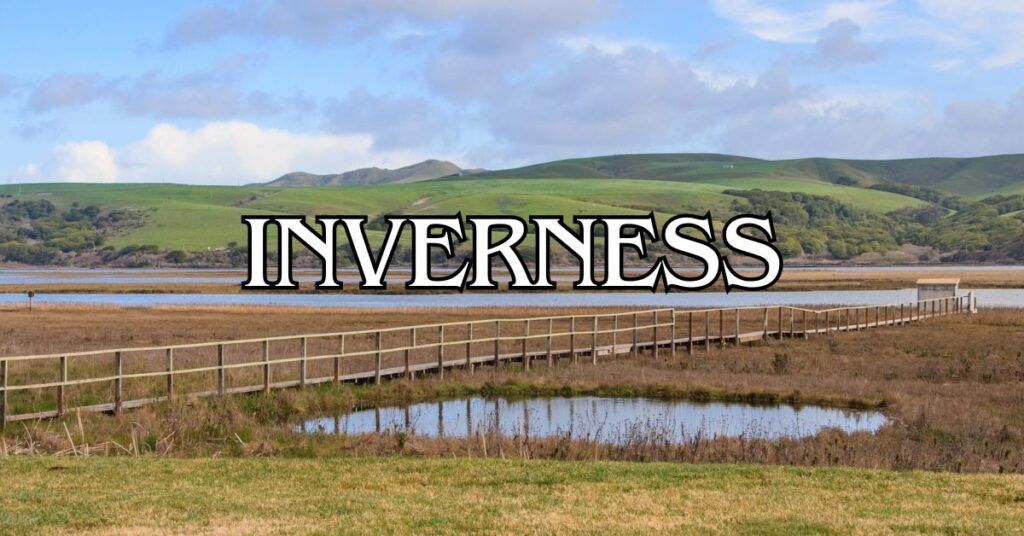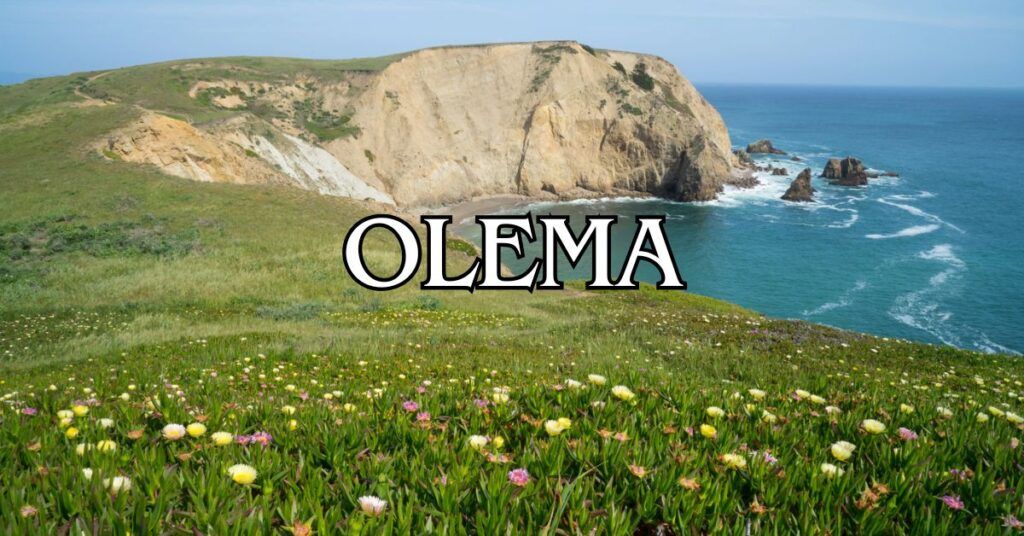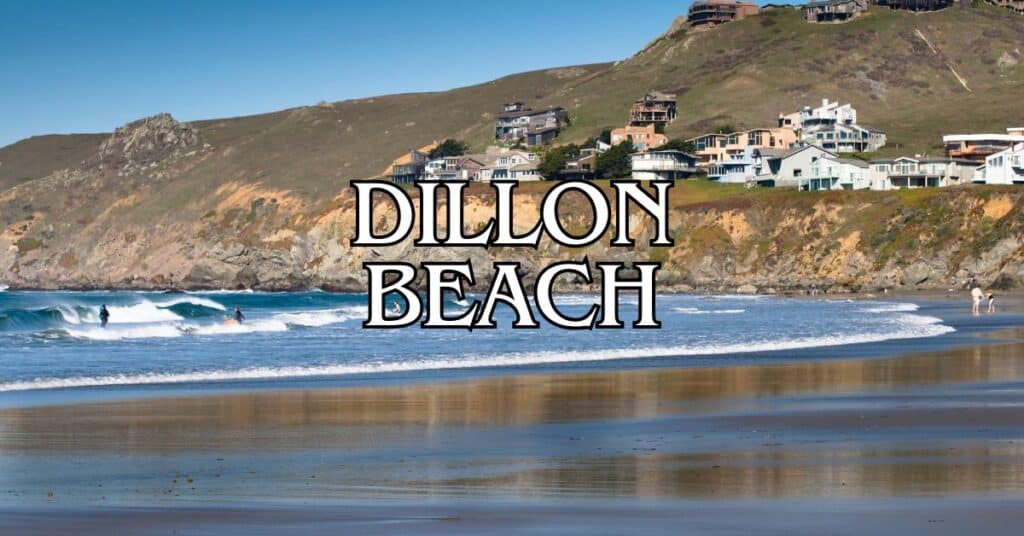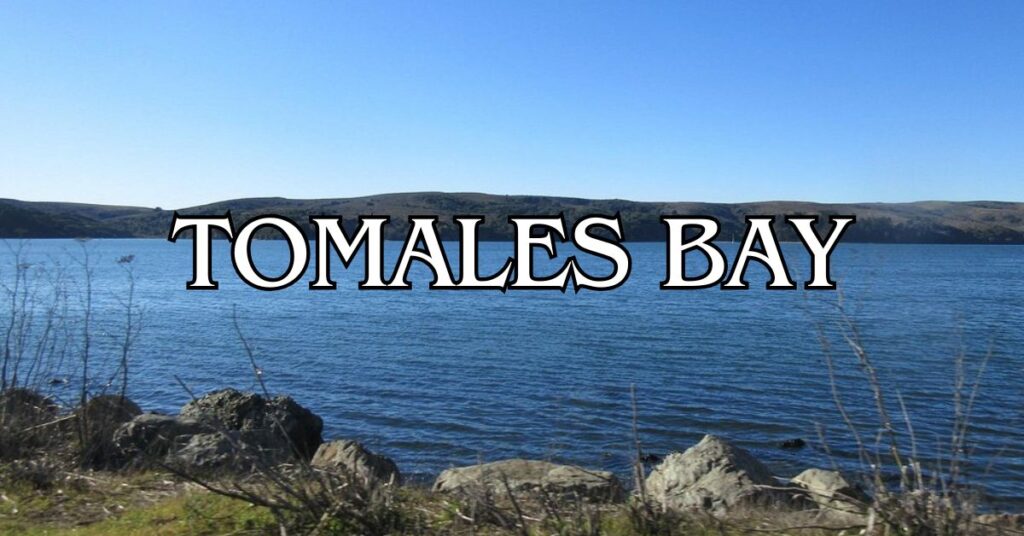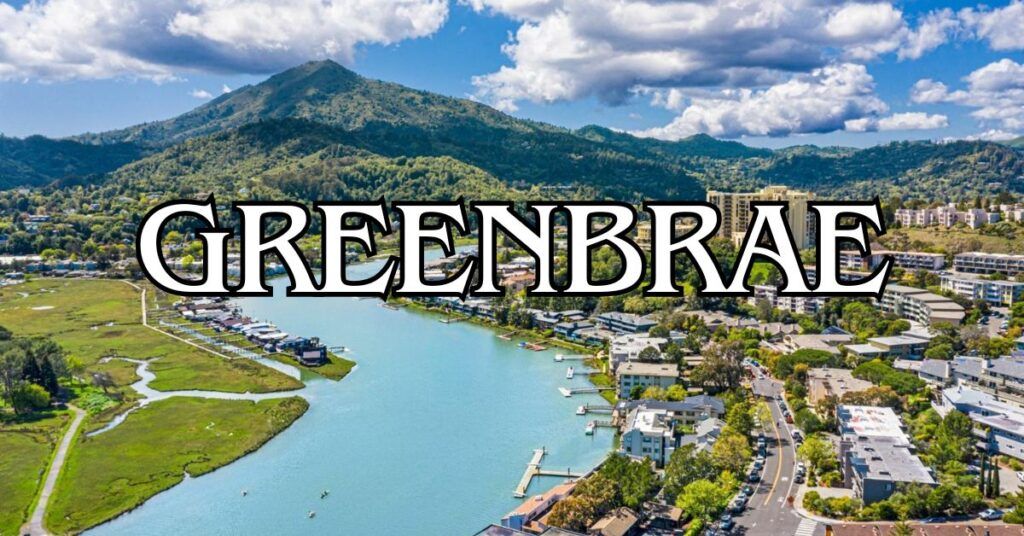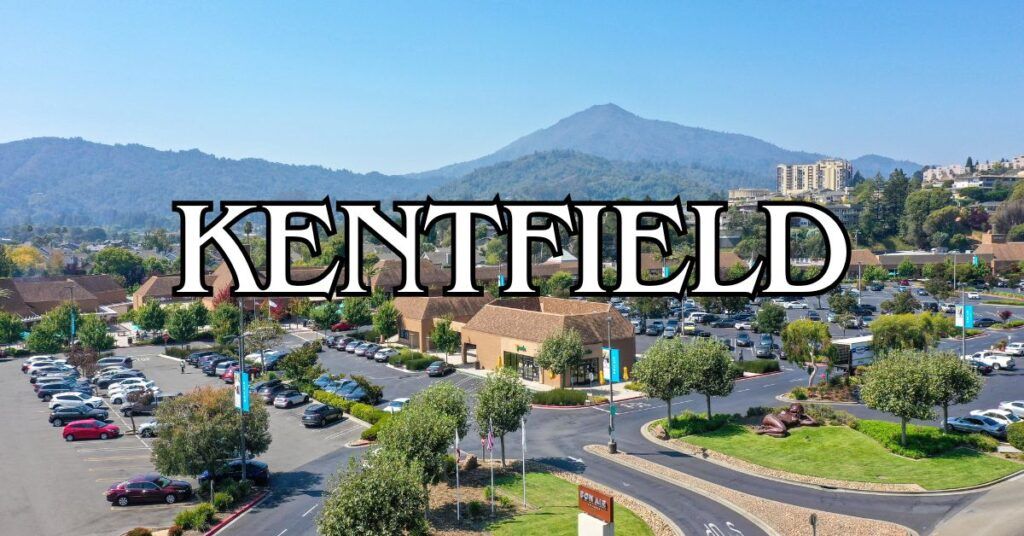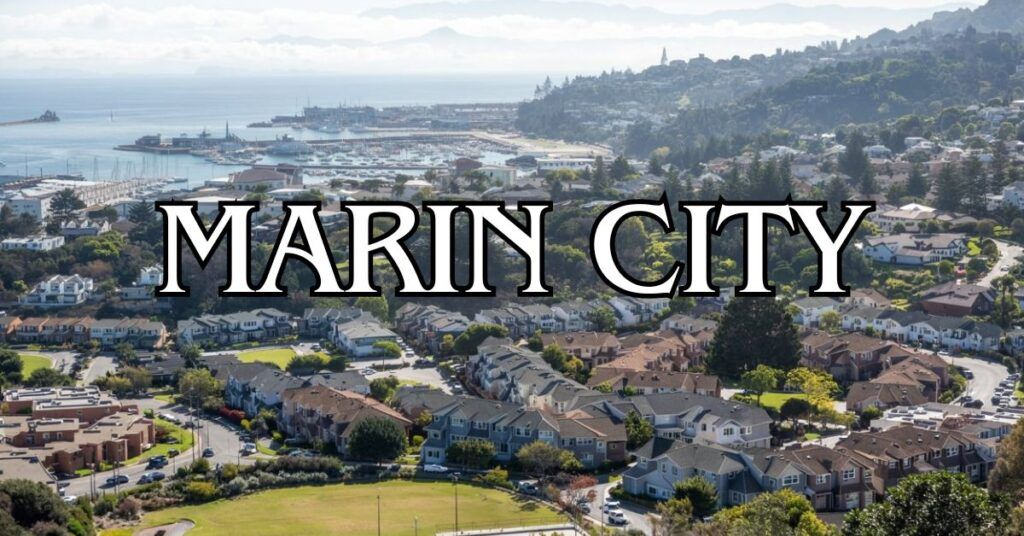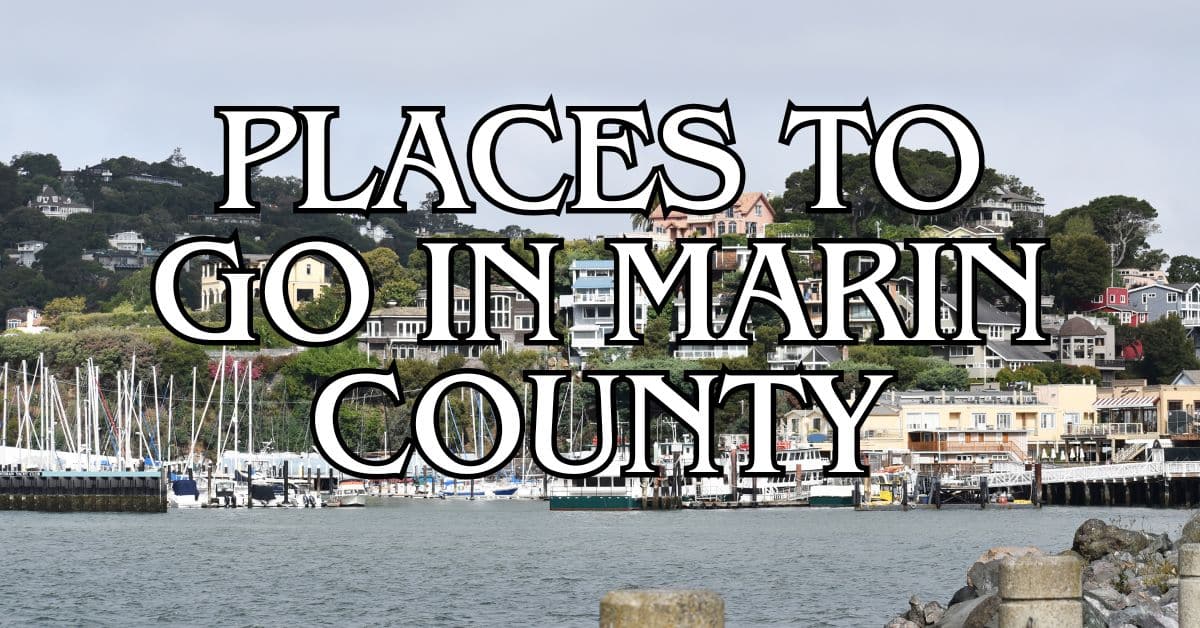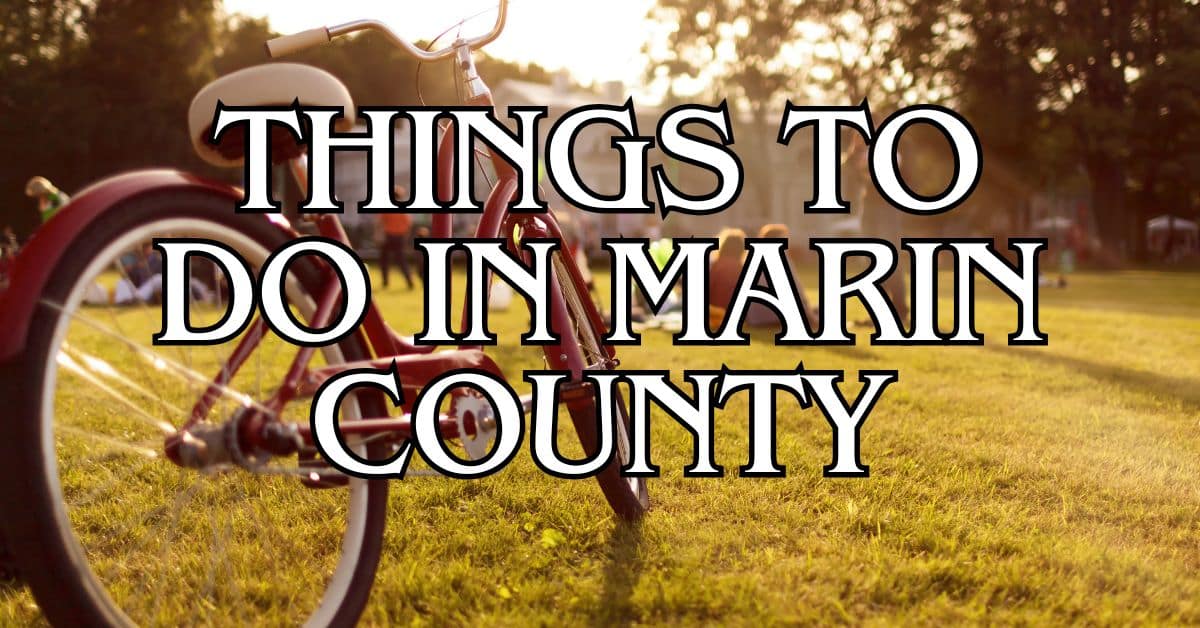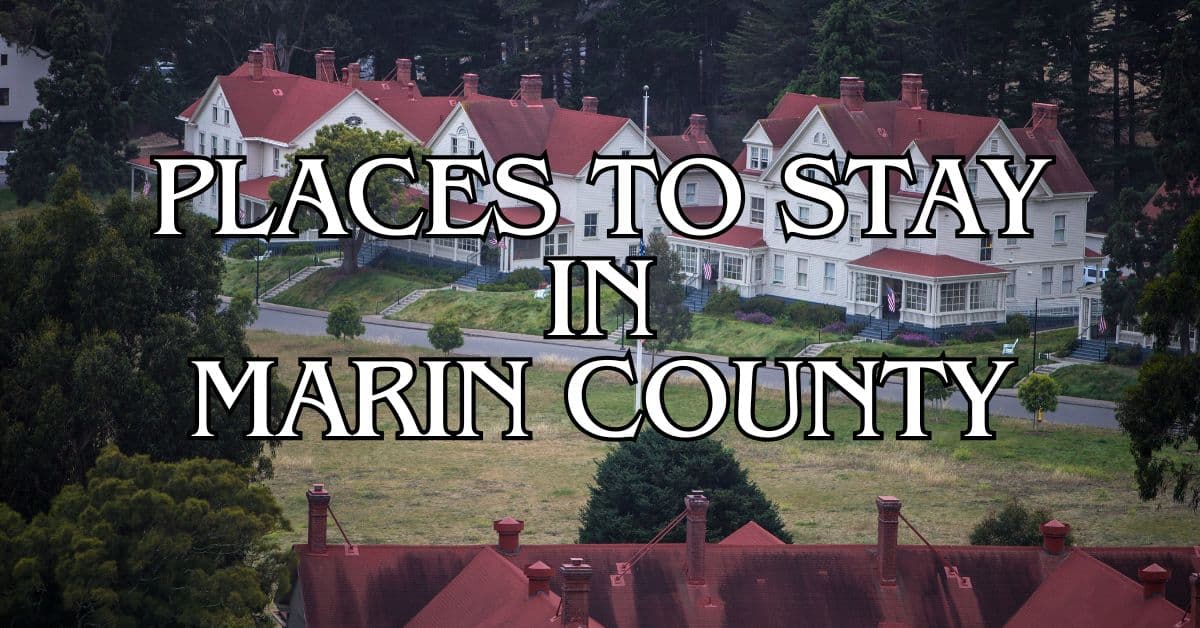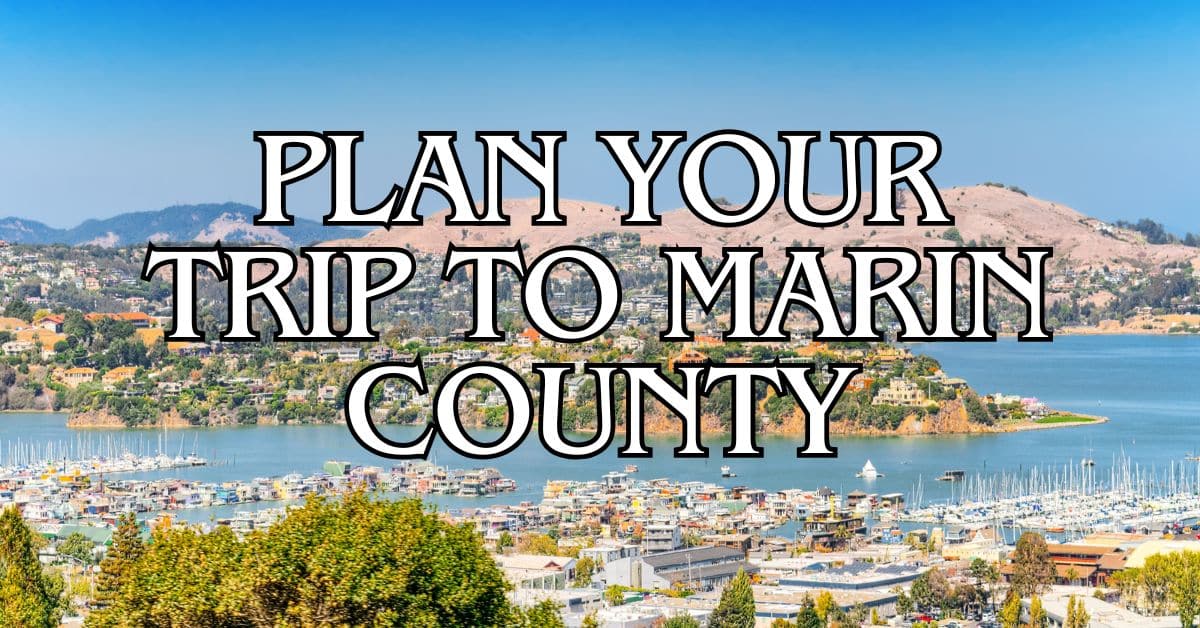Tucked between San Francisco Bay and the Pacific Ocean, Marin County brings together a quirky mix of cities and towns, each with its own vibe. Some hug the coast, others hide among the redwoods, but they all have something different to offer.
Marin County has 11 incorporated cities and towns: Belvedere, Corte Madera, Fairfax, Larkspur, Mill Valley, Novato, Ross, San Anselmo, San Rafael, Sausalito, and Tiburon. There are also unincorporated spots like Bolinas, Inverness, Kentfield, and Dillon Beach—each with its own local flavor, worth checking out if you want something off the beaten path.
Get a discount of 15% to 70% on accommodation in Marin County! Look for deals here:
Marin County Hotels, Apartments, B&Bs
When you’re figuring out your Marin County plans, think about what kind of scene you want. Sausalito’s all about waterfront dining and killer Bay views. Mill Valley’s perfect if you love hiking under redwoods. Novato’s got a lively Old Town with shops and food, and San Rafael stands out as the cultural heart of the county, thanks to its historic mission and mix of neighborhoods. Rest assured, no matter where you choose to stay in Marin County, you’re going to love it.
Overview of Marin County
Marin County sits in a pretty sweet spot in the Bay Area, mixing gorgeous scenery with a dash of history. It manages to pack in natural wonders and some cultural gems, all while keeping a small-town feel—even though San Francisco is just over the bridge.
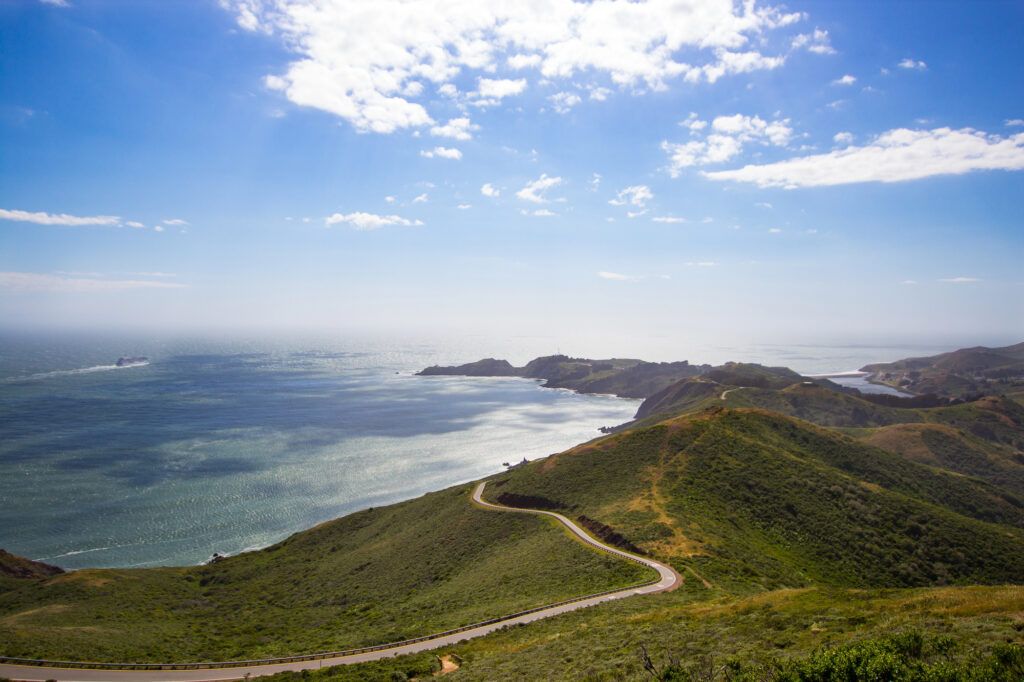
Geographic Location
Just north of San Francisco across the Golden Gate Bridge, Marin is part of the nine-county Bay Area. The Pacific is on its west side, San Francisco Bay on the east, and Sonoma County up north.
With water on three sides, Marin feels almost like a peninsula. That means foggy mornings, ocean breezes, and a mild climate most of the year. You’ll see rolling hills, thick forests, and dramatic coastal cliffs.
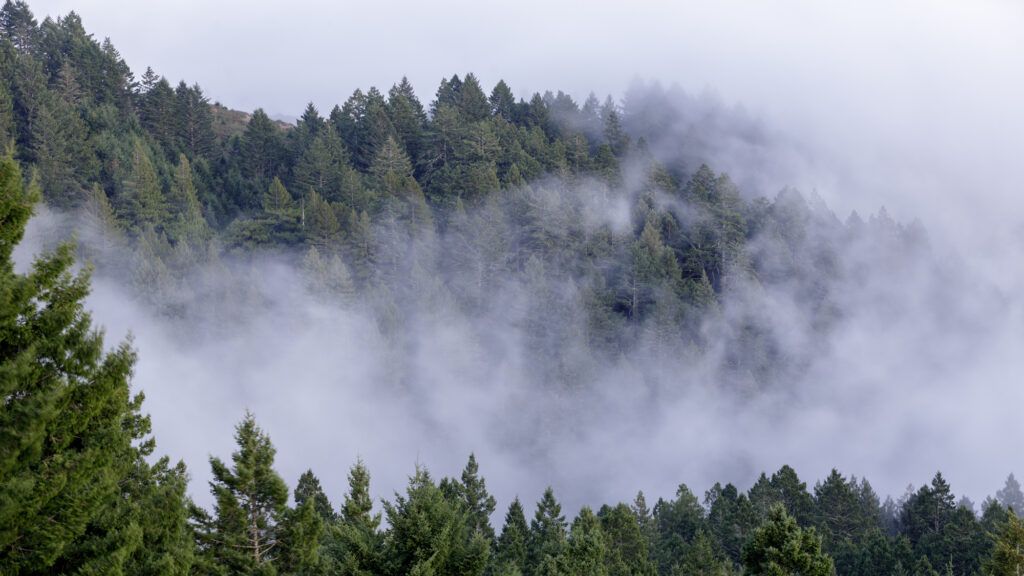
Mount Tamalpais rises up as the highest point at 2,571 feet. The county’s got everything from redwood groves to open grasslands. Point Reyes National Seashore, with its protected coastline, is a favorite for hikes and views.
History and Demographics
Marin County was one of California’s first 27 counties in 1850, the same year California became a state. Long before that, the Coast Miwok people called this area home for thousands of years.
The Golden Gate Bridge, finished in 1937, changed everything. Suddenly, Marin shifted from rural farmland to a popular suburban spot for people working in San Francisco.
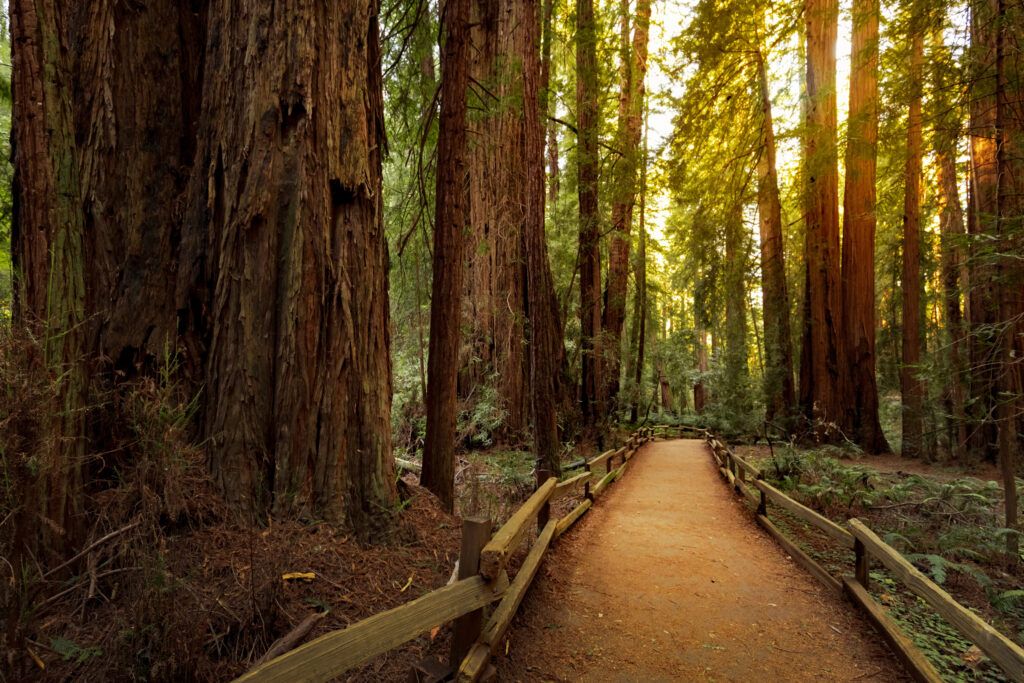
These days, about 255,000 people live here, spread out over 11 cities and towns. San Rafael is the biggest and acts as the county seat. Marin’s pretty affluent—household incomes are higher than the state average.
Communities stretch from waterfront towns like Sausalito to inland places like Novato. Every city has its own style, but they all share the county’s natural beauty. A lot of folks commute to San Francisco for work but come home to Marin’s slower pace.
Major Cities in Marin County
Marin’s eleven cities and towns each bring something different to the table. Some are bigger and busier, acting as commercial or cultural centers, but even the “urban” spots keep that relaxed Marin vibe.
San Rafael
San Rafael, Marin’s largest city, has about 58,500 residents and sits right in the middle of the county. It’s the go-to spot for shopping, business, and culture.
Downtown, you’ll find the historic Mission San Rafael Arcángel, dating back to 1817. Fourth Street is always buzzing with shops, restaurants, and places to catch live music or a movie.
The city breaks down into neighborhoods like:
- Terra Linda (north side)
- Canal District (east)
- Dominican (central and mostly residential)
Getting around is pretty easy. The SMART train connects you to Sonoma County, and Golden Gate Transit buses head into San Francisco. Weather’s mellow—warm, dry summers and cool, rainy winters.
San Rafael’s Civic Center area has a bunch of tech companies and startups. It’s definitely the county’s economic engine.
Read our San Rafael Travel Guide and our San Rafael Accommodations Guide.
Novato
Novato, up at the north end, is Marin’s second-largest city with around 53,000 people. If you’re looking for a slightly more affordable place in Marin, this is it.
Old Town Novato along Grant Avenue has historic buildings filled with indie shops and restaurants. The area’s gotten a nice facelift over the past few years.
Some local highlights:
- Hamilton Field (a former air base, now homes and offices)
- Stafford Lake Park (great for outdoor fun)
- Vintage Oaks Shopping Center (big retail area)
Novato’s weather is a bit different—hotter summers and colder winters than southern Marin. The city throws some fun community events like the Festival of Art, Wine and Music every June.
Tech and biotech are growing here too. The Buck Institute for Research on Aging is a big deal in the science world.
Read our Novato Travel Guide and our Novato Accommodations Guide.
Mill Valley
Mill Valley, with about 14,000 residents, sits at the foot of Mount Tamalpais in southern Marin. It’s known for its artsy crowd, towering redwoods, and upscale feel.
Downtown centers on Depot Plaza, where you’ll find boutiques, great restaurants, and the 142 Throckmorton Theatre. Somehow, Mill Valley manages to feel both laid-back and a little bit fancy.
If you like the outdoors, Mill Valley’s trail network is tough to beat:
- Dipsea Trail (famous for its annual race)
- Cascade Falls (a short hike to a lovely waterfall)
- Muir Woods National Monument (ancient redwoods just next door)
Every October, the Mill Valley Film Festival draws movie buffs from all over. The local schools consistently rank among California’s best.
Housing is pricey, with lots of homes tucked into the redwoods for maximum privacy. Fog from the Bay slips in often, giving the place a kind of magical, misty feel.
Read our Mill Valley Travel Guide and our Mill Valley Accommodations Guide.
Notable Towns and Communities
Marin’s smaller towns each have their own quirks. From artsy waterfront spots to laid-back villages in the hills, there’s a lot of personality packed into these communities.
Sausalito
Sausalito sits just over the Golden Gate Bridge from San Francisco. It’s famous for its Mediterranean vibe and jaw-dropping Bay views.
Artists and creative folks have always gravitated here. Bridgeway, the main drag, is lined with galleries, boutiques, and inviting restaurants.
One of Sausalito’s standout features? The houseboat community—over 400 floating homes create a colorful, one-of-a-kind neighborhood along the northern shore.
Tourists often pop over for the day. You can catch a ferry from San Francisco, which adds to the adventure.
Dining here is a treat, especially if you like fresh seafood and want a table with a view of the city skyline.
Read our Sausalito Travel Guide and our Sausalito Accommodations Guide.
Tiburon
Tiburon juts out into the Bay on its own little peninsula. It’s an upscale town, with gorgeous homes and a cute downtown.
Main Street (aka Ark Row) is full of shops, galleries, and restaurants in old boathouses—these used to float on the Bay back in the day.
The ferry terminal makes it easy to get to Angel Island State Park or San Francisco. The ride itself? Worth it for the views of the Golden Gate Bridge and skyline alone.
Shoreline Park is a local favorite for picnics and soaking up the scenery. On a clear day, you can spot the city, Angel Island, and the Bay Bridge all at once.
Tiburon’s got some great hiking trails too—Tiburon Uplands and Old St. Hilary’s Open Space are both worth a wander.
Read our Tiburon Travel Guide and our Tiburon Accommodations Guide.
Larkspur
Larkspur pulls off small-town charm with just enough modern convenience. It shares schools and police with neighboring Corte Madera, so folks call them the “twin cities.”
Downtown Larkspur, along Magnolia Avenue, is a historic district with buildings from the 1880s. It’s actually listed on the National Register of Historic Places.
The Lark Theater, an Art Deco movie house, is a downtown anchor. It screens indie films and hosts local events all year.
Larkspur Landing is the ferry terminal, making trips to San Francisco a breeze for commuters and visitors alike.
Nature lovers have easy access to Ring Mountain Open Space and Baltimore Canyon—both have trails winding through redwoods and oaks.
Read our Larkspur Travel Guide and our Larkspur Accommodations Guide.
Fairfax
Fairfax is proudly bohemian. With about 7,600 people, it’s one of Marin’s smaller towns, but it’s got a big personality.
Music is a huge part of life here. The Fairfax Festival and venues like Peri’s Bar keep live performances going pretty much year-round.
They take environmental issues seriously—Fairfax was the first Bay Area town to ban single-use plastic bags. Not bad for a place its size.
Mountain biking fans know Fairfax as the birthplace of the sport. The trails on Mount Tamalpais helped launch modern mountain biking back in the ‘70s.
Along Broadway and Bolinas Road, you’ll find restaurants that focus on local, organic food and keep things casual.
Read our Fairfax Travel Guide and our Fairfax Accommodations Guide.
Corte Madera
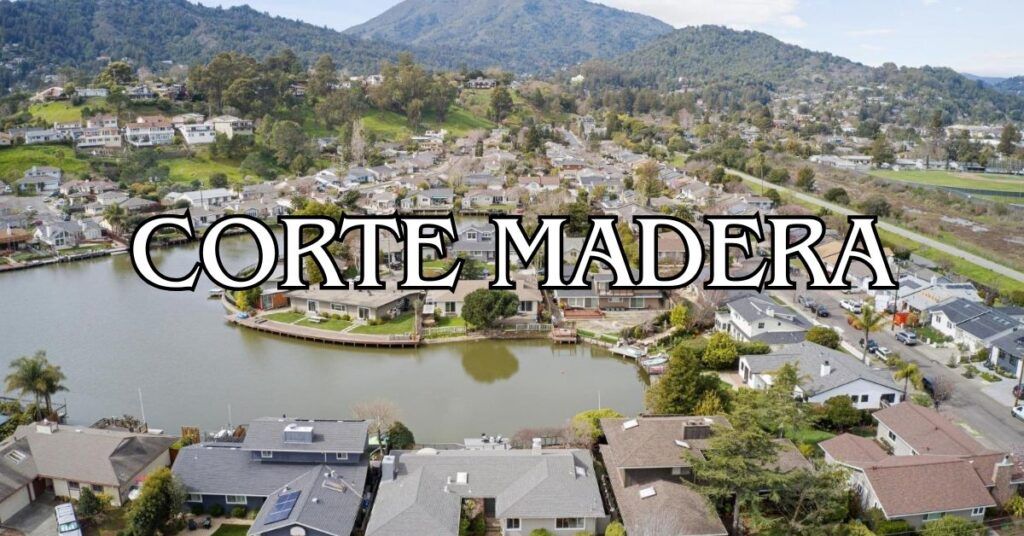
Corte Madera is all about suburban comfort and shopping. The name means “cut wood” in Spanish, a nod to its logging roots.
The Village and Town Center are the two big shopping hubs—plenty of retail, restaurants, and services for locals and visitors.
Mount Tamalpais looms to the west, making for some spectacular backdrops. Lots of homes have views of either the mountain or the Bay.
Corte Madera Creek winds through the south side of town, and there’s a path along the water for walking and birdwatching.
The Fourth of July parade is a highlight—every year, the whole town turns out for a classic small-town celebration.
Read our Corte Madera Travel Guide and our Corte Madera Accommodations Guide.
San Anselmo
San Anselmo mixes history with a lively downtown. Antique shops, boutiques, and restaurants line San Anselmo Avenue, giving it a friendly, inviting feel.
Creek Park is a popular hangout, hosting concerts, movie nights, and the annual Art & Wine Festival.
Sir Francis Drake Boulevard runs right through town, connecting San Anselmo to west Marin and the coast.
Some historic buildings stand out, like the American Legion Log Cabin from 1934—a cool bit of local architecture.
Sorich Ranch Park sits nearby for easy hiking through oak woodlands and open hills. You’ll get some nice views if you don’t mind a little climb.
Read our San Anselmo Travel Guide and our San Anselmo Accommodations Guide.
Ross
Ross is one of Marin’s wealthiest communities. The town of about 2,500 people is dotted with large estates and elegant homes.
Even though it’s close to busier areas, Ross keeps a rural vibe. Strict zoning rules have helped preserve its spacious, wooded look.
Ross Common acts as the town center, with just a handful of shops. The old post office and small convenience store cover the basics.
Ross School has a great reputation locally. This K-8 public school regularly lands among California’s top performers.
Phoenix Lake and the watershed nearby offer gorgeous hiking trails. Locals get easy access to nature and recreation right outside their doors.
Read our Ross Travel Guide and our Ross Accommodations Guide.
Belvedere
Belvedere sits on a tiny peninsula and island in San Francisco Bay. It’s an exclusive spot, with some of the priciest homes in Marin.
Water wraps around Belvedere on three sides, so the views are nothing short of spectacular. Many homes look out over San Francisco, Angel Island, and the Golden Gate Bridge.
The San Francisco Yacht Club, founded in 1869, calls Belvedere home. The club hosts sailing events and runs a marina for its members.
Belvedere Park is the town’s green heart, with landscaped grounds and tennis courts where neighbors gather.
Belvedere runs its own police department, even though it’s a small community. Security and low crime matter a lot here.
Read our Belvedere Travel Guide and our Belvedere Accommodations Guide.
West Marin Towns and Communities
West Marin covers Marin County’s biggest rural stretch, with seven towns that show off the quieter, wilder side of coastal California. Each one has its own personality, but they all share the region’s stunning natural setting.
Bolinas
Bolinas sits at the southern tip of West Marin on a peninsula. The town is famous for its fiercely independent streak—locals have even taken down road signs to keep tourists away.
The downtown is modest, with a few businesses: a general store, library, and the Coast Cafe. The Bolinas Museum highlights local art and history.
Bolinas Lagoon borders the town, making it a hotspot for birdwatching. Surfers head for the beach’s steady waves.
Plenty of residents are drawn to Bolinas for its eco-minded, artistic community. People here really care about sustainability.
Most homes are older cottages, many with ocean views. The community tries hard to limit new development and keep things unique.
Read our Bolinas Travel Guide and our Bolinas Accommodations Guide.
Stinson Beach
Stinson Beach is all about its long, sandy shoreline—nearly three miles of it. On warm days, people flock here for swimming, surfing, and just soaking up the sun.
The village is tiny, with a handful of restaurants, a market, and some shops within walking distance of the sand. It’s got everything you need for a day or a weekend trip.
Places to stay range from simple cottages to bigger vacation homes. Lots of properties are rentals, so it’s a good spot if you want to stay overnight in West Marin.
Mt. Tamalpais State Park hugs the beach, offering some of the best hiking with coastal views. The Dipsea Trail links Stinson Beach to Mill Valley.
On summer weekends, the beach gets packed. If you want a good parking spot or a prime patch of sand, you’d better show up early.
The community throws events year-round, like the Stinson Beach Doc Fest and summer art festivals.
Read our Stinson Beach Travel Guide and our Stinson Beach Accommodations Guide.
Point Reyes Station
Point Reyes Station is the main hub for West Marin. Once a railroad town, it now charms visitors with a main street full of local businesses.
Toby’s Feed Barn is the downtown anchor—it’s part general store, part art gallery, part community hangout. The town’s farmers market is a Saturday favorite.
Cowgirl Creamery operates out of the old hay barn, making award-winning organic cheeses. You can sample their stuff and other local foods at Palace Market.
Restaurants like Station House Cafe, Osteria Stellina, and Side Street Kitchen focus on local ingredients and a casual vibe.
The town sits right by the Point Reyes National Seashore, so it’s a great base for exploring beaches, hiking, and wildlife.
Point Reyes Station is small but lively, with art galleries, bookstores, and live music venues adding culture to the mix.
Read our Point Reyes Station Travel Guide and our Point Reyes Station Accommodations Guide.
Inverness
Inverness stretches along Tomales Bay’s western shore. It’s a quiet place with beautiful water views and easy access to kayaking and sailing.
The Point Reyes shipwreck—a fishing boat called “Point Reyes”—is the town’s most photographed landmark. It ran aground decades ago and now draws photographers from everywhere.
Vladimir’s Czech Restaurant and Saltwater Oyster Depot are local favorites. The Inverness Store has groceries and deli food for picnics or hikes.
For places to stay, there’s the historic Manka’s Inverness Lodge and a handful of vacation rentals. Many homes are hidden in the hills and trees.
Shell Beach and Heart’s Desire Beach are close by, with calm water for swimming in Tomales Bay. The bay is way gentler than the open ocean beaches nearby.
Hiking trails branch into Point Reyes National Seashore, including the Tomales Point Trail—famous for its tule elk herd.
Read our Inverness Travel Guide and our Inverness Accommodations Guide.
Olema
Olema is a tiny hamlet at the crossroads of Highway 1 and Sir Francis Drake Boulevard, marking the eastern gateway to Point Reyes National Seashore.
The historic Olema House (once Point Reyes Seashore Lodge) offers upscale rooms and the Farm House restaurant, which serves seasonal California dishes.
Across the street, the Olema Campground gives travelers a more budget-friendly place to stay in West Marin.
The Bear Valley Visitor Center for Point Reyes National Seashore is just north of town—definitely your first stop for maps and ranger advice before hitting the park.
Olema sits right near the San Andreas Fault. The 1906 earthquake hit hard here, and you can still spot signs of the fault in the landscape.
For such a small place, Olema’s location makes it a handy base for exploring Point Reyes and the rest of West Marin.
Dillon Beach
Dillon Beach marks the northern edge of Marin’s coastline. The community centers on its privately owned beach, which is open to the public for a small fee.
The wide, sandy beach stretches over a mile—perfect for walking, beachcombing, or flying kites. The wind draws experienced surfers, too.
Most housing here is vacation rentals, from cozy cabins to big modern homes, many with views of Bodega Bay and Tomales Bay.
Dillon Beach Resort rents out newly renovated cottages and has a cafe and general store. The historic Dillon Beach Cafe serves up breakfast and lunch.
Fishing, clamming, and whale watching are all popular. You’ll also spot harbor seals, pelicans, and plenty of shore birds.
Dillon Beach feels remote, with the nearest services in Tomales or Bodega Bay across the county line.
Read our Dillon Beach Travel Guide. Also check out Dillon Beach Resort.
Tomales
Tomales lies inland from Dillon Beach along Highway 1. Dating back to the 1850s, the town still shows off much of its old architecture.
The William Tell House, California’s oldest continually operating saloon, anchors downtown. After a recent renovation, it now offers upscale dining with its classic bar.
Tomales Bakery is famous for fresh pastries and breads. The Tomales Regional History Center keeps the area’s agricultural and cultural heritage alive.
Surrounding farmland produces dairy, beef, and crops. Several family farms have been here for generations, and some offer tours or farm stands.
The annual Tomales Day festival celebrates local history with a parade, live music, and plenty of food.
Read our Tomales Travel Guide and our Tomales Accommodations Guide.
Marin County’s Unincorporated Areas
Marin County has lots of unincorporated communities—each with its own quirks and charm. They’re governed by the county, not their own city councils, and include everything from coastal villages to hillside neighborhoods.
Black Point
Black Point sits along the Petaluma River in northern Marin. It’s a small waterfront community with rural charm and sweeping wetland views.
Most homes are single-family on big lots, giving people space and privacy. Many have boat access to the river and San Pablo Bay.
Black Point’s roots go back to the late 1800s, when it shipped out local farm products. These days, it’s mostly quiet and residential.
Residents like being close to Novato but tucked away from the bustle. The nearby wetlands attract birders and photographers from all over.
Forest Knolls
Forest Knolls is tucked in the San Geronimo Valley, surrounded by hills and redwoods in western Marin. It sits right along Sir Francis Drake Boulevard.
It started as a vacation spot in the 1920s but slowly turned into a year-round neighborhood. Homes range from rustic cabins to newer builds, often hidden among the trees.
The community has a tiny market and post office that double as gathering spots. Folks here appreciate the rural setting and tight-knit vibe.
Forest Knolls is a gateway to great hiking, with trails weaving through hills and forests. San Geronimo Creek runs through town, supporting local wildlife, including endangered coho salmon.
Greenbrae
Greenbrae mixes hillside homes with flatland neighborhoods east of Highway 101. It’s an upscale area with easy access to San Francisco via the Larkspur Ferry.
The hills offer killer views of Mount Tamalpais, San Francisco Bay, and the Richmond-San Rafael Bridge. Bon Air Shopping Center is the local hub, with restaurants, shops, and medical offices.
Greenbrae’s close to Corte Madera Creek and Creekside Park, and families appreciate the good schools and friendly atmosphere.
Many homes date back to the post-WWII boom, with styles from mid-century modern to Mediterranean. Commuters love the central location, but it still feels suburban.
Read our Greenbrae Travel Guide and our Greenbrae Accommodations Guide.
Ignacio
Ignacio is in northeastern Marin, near Novato and next to Bel Marin Keys. The area centers on Ignacio Boulevard and borders Pacheco Pond Wildlife Area.
Here you’ll find a mix of houses and apartments, making it more affordable than many Marin neighborhoods. It’s close to Highway 101, so commutes to San Francisco or Sonoma County are pretty easy.
Locals enjoy Ignacio Park and the Pacheco Pond trails, where birdwatchers spot all kinds of species.
The town got its name from Ignacio Pacheco, a Mexican land grant holder in the 1800s. These days, Ignacio is a quiet residential area, with most shops and services along Ignacio Boulevard.
Kentfield
Kentfield sits at the foot of Mount Tamalpais and offers upscale living in central Marin. You’ll see big lots, mature trees, and some pretty remarkable homes.
The College of Marin’s main campus brings cultural events and educational options. The James Dunn Theatre on campus hosts performances throughout the year.
Families move here for the top-notch schools—Bacich Elementary and Kent Middle are both part of a district that consistently scores high in California.
Outdoor lovers have plenty of trails nearby, like those on Mount Tamalpais and in the Baltimore Canyon Open Space Preserve. The old Kentfield train depot still stands as a nod to the area’s transportation history.
Read our Kentfield Travel Guide and our Kentfield Accommodations Guide.
Lagunitas
Lagunitas sits quietly in the San Geronimo Valley, tucked among forests and open hills. This small community lines Sir Francis Drake Boulevard, just west of Forest Knolls.
The Lagunitas School brings people together with its creative programs. Folks often settle here for progressive schools and that close-knit vibe you don’t find everywhere.
Houses range from rustic cabins to newer builds, usually nestled under redwoods and oaks. The place keeps its rural feel—there’s barely any commercial development, and honestly, that’s part of the charm.
Lagunitas Creek winds nearby, giving endangered coho salmon and steelhead trout a place to live. Locals love the easy trail access in the hills and the proximity to Samuel P. Taylor State Park.
Lucas Valley
Lucas Valley follows Lucas Valley Road up in northern Marin, known for those unmistakable mid-century modern homes. Upper Lucas Valley, developed by Eichler, stands out for its architecture.
Joseph Eichler’s homes use post-and-beam construction, huge windows, and that seamless indoor-outdoor flow. Design fans can’t help but be drawn in by these unique houses.
The community center and pool give residents places to hang out and connect. There’s also a ton of open space and hiking trails weaving through the area.
And just to clear things up: filmmaker George Lucas named his Skywalker Ranch after he discovered the valley, not the other way around. The valley actually got its name from John Lucas, a rancher from the early 1800s.
Marin City
Marin City hugs the north edge of Sausalito, with views across Richardson Bay and quick access to Highway 101. It’s a diverse spot with deep roots in Marin County history.
World War II changed everything here—Marin City sprang up as housing for Marinship workers building Liberty ships. Many African American workers stayed, shaping a cultural legacy that’s still alive.
The Gateway Shopping Center brings shops, restaurants, and services together in one place. Residents also rely on the Marin City Health and Wellness Center and the local library.
New housing and community facilities have gone up in recent years, giving the area fresh energy. The Marin City Community Services District keeps parks, programs, and recreation facilities running for everyone.
Read our Marin City Travel Guide and our Marin City Accommodations Guide.
Marinwood
Marinwood sits tucked in a mellow valley up in northern Marin, wedged between Highway 101 and some sweeping open space preserves. It’s a family-friendly spot—think well-kept homes, leafy streets, and a low-key vibe.
The Marinwood Community Center and park pull the neighborhood together. You’ll find classes, events, and a summer camp that’s always buzzing with kids and laughter.
Get a discount of 15% to 70% on accommodation in Marin County! Look for deals here:
Marin County Hotels, Apartments, B&Bs



